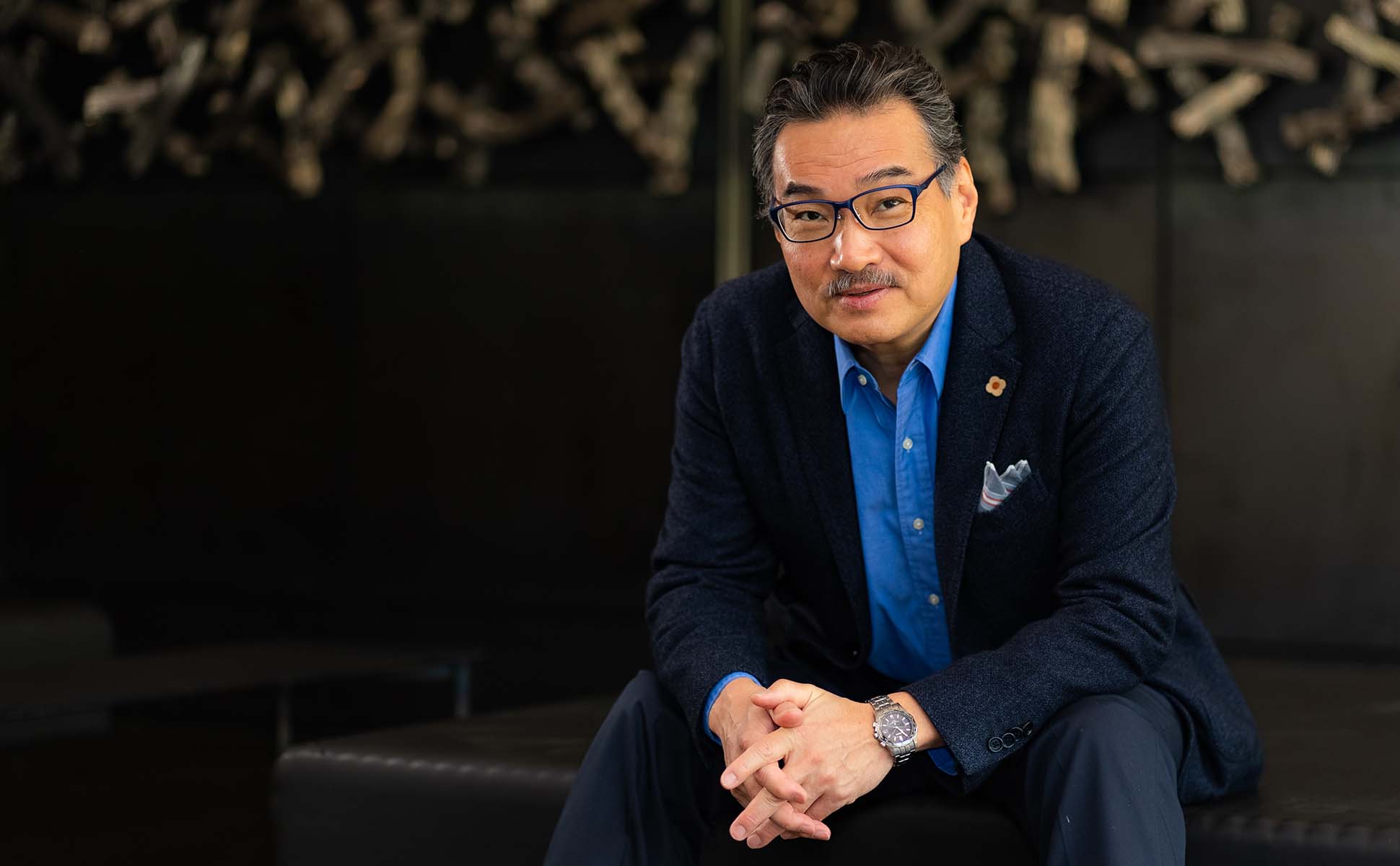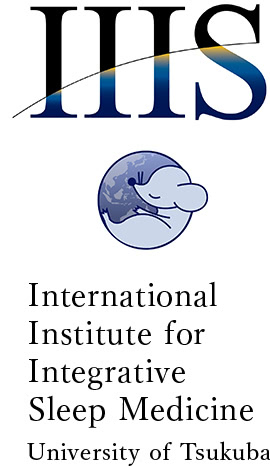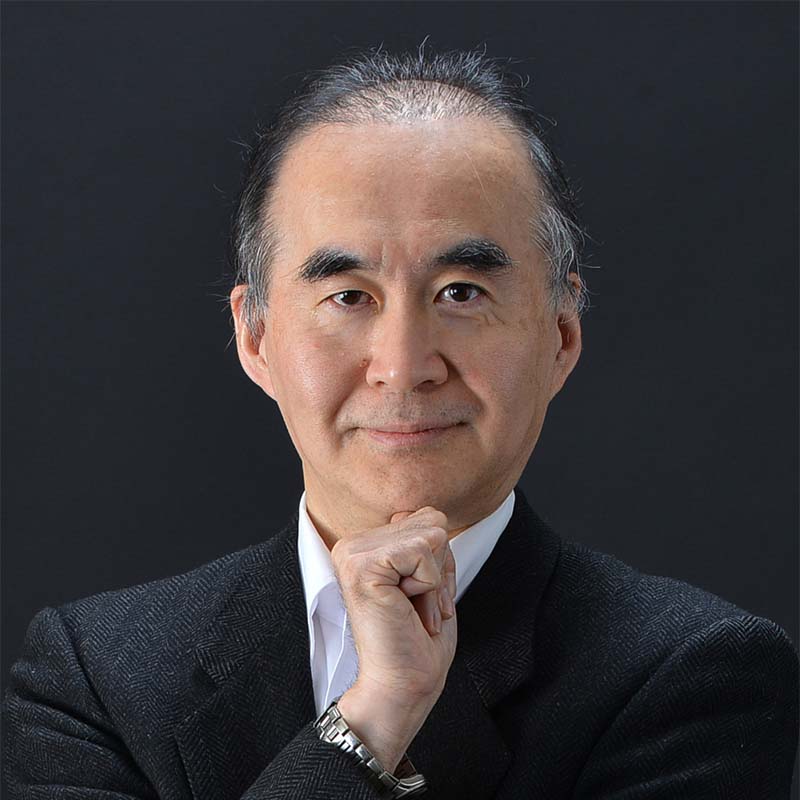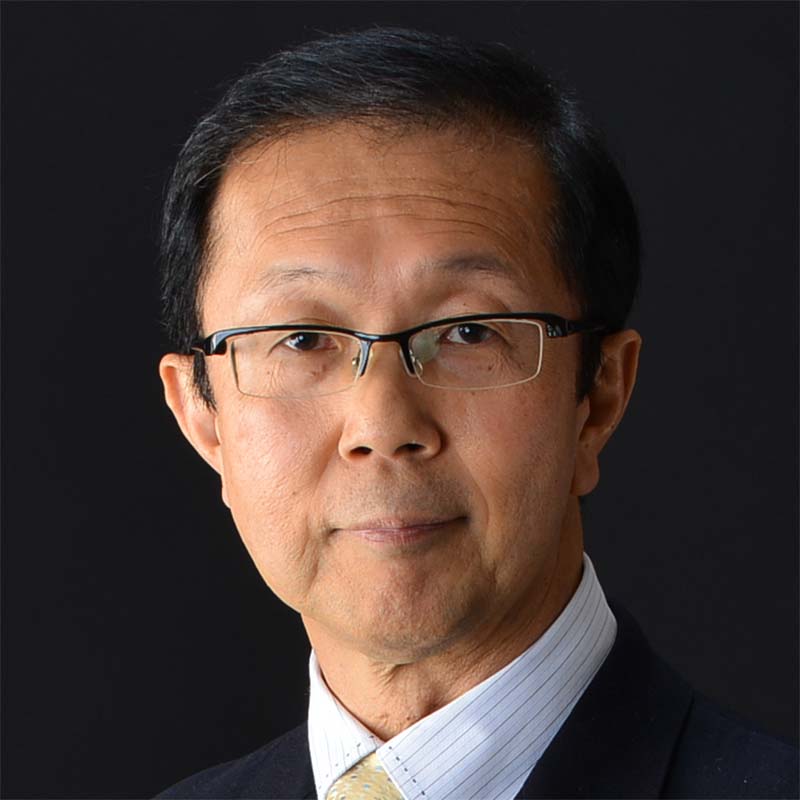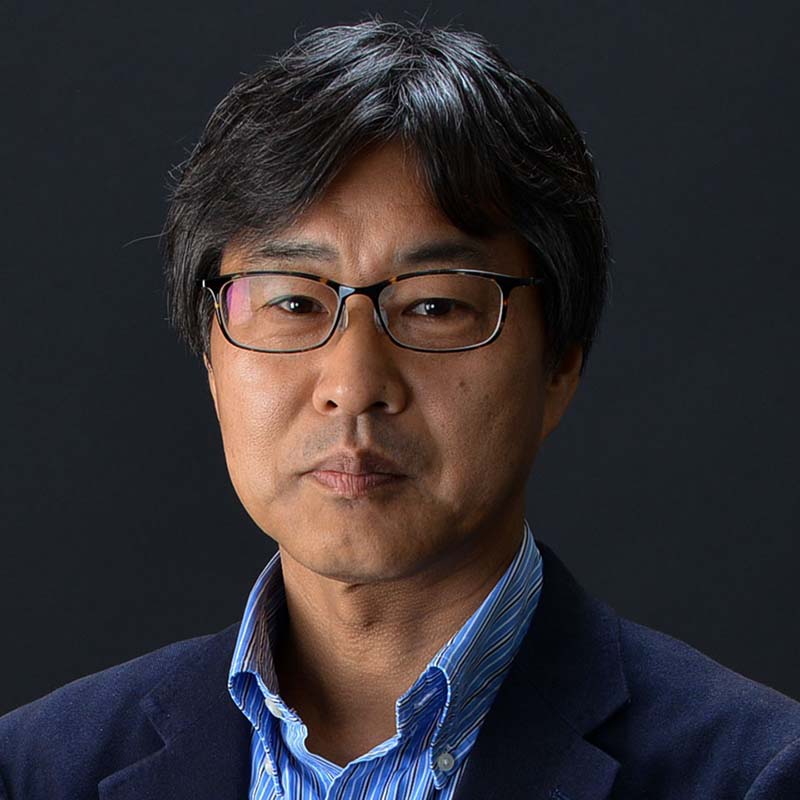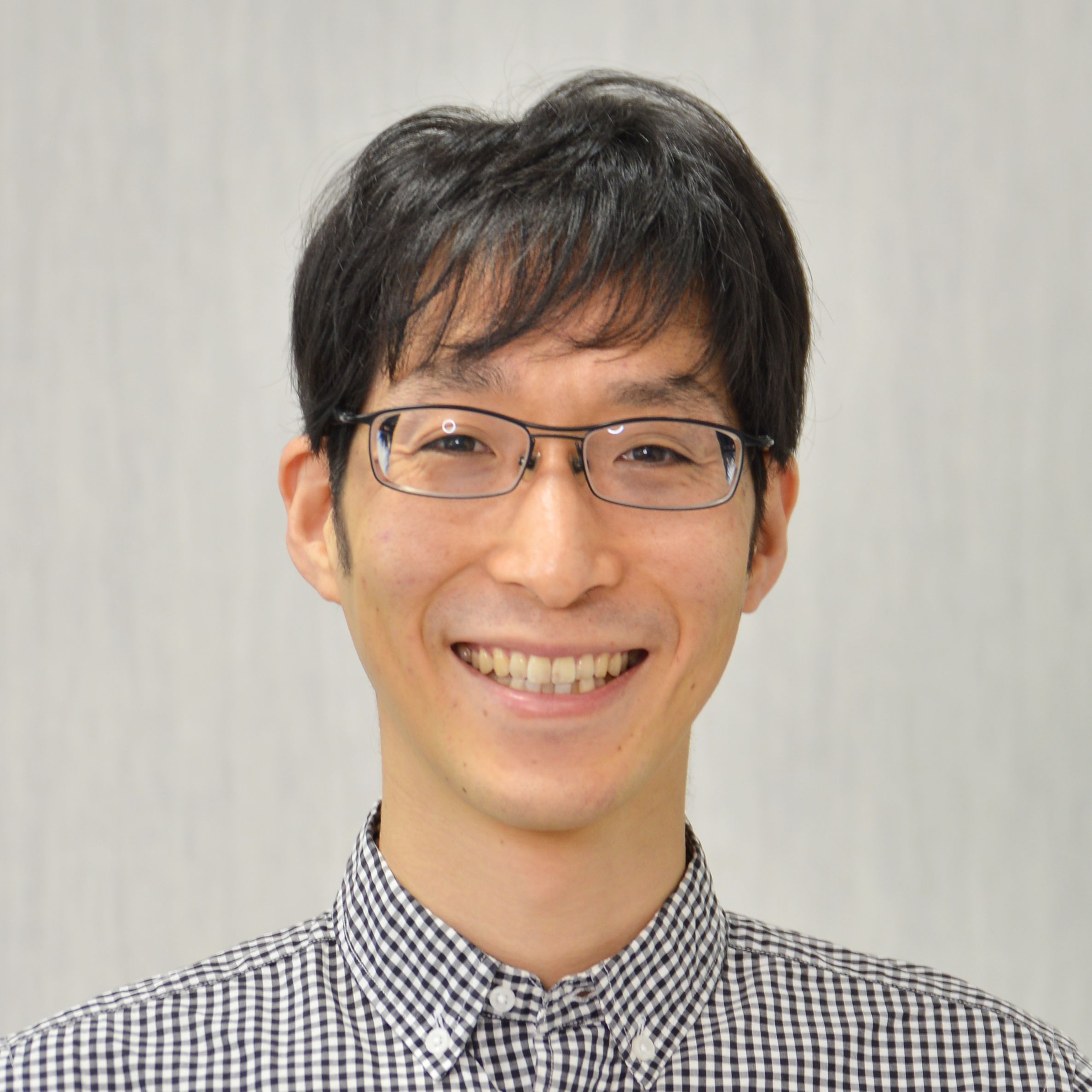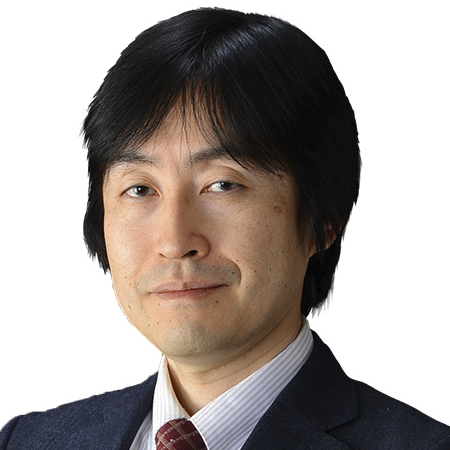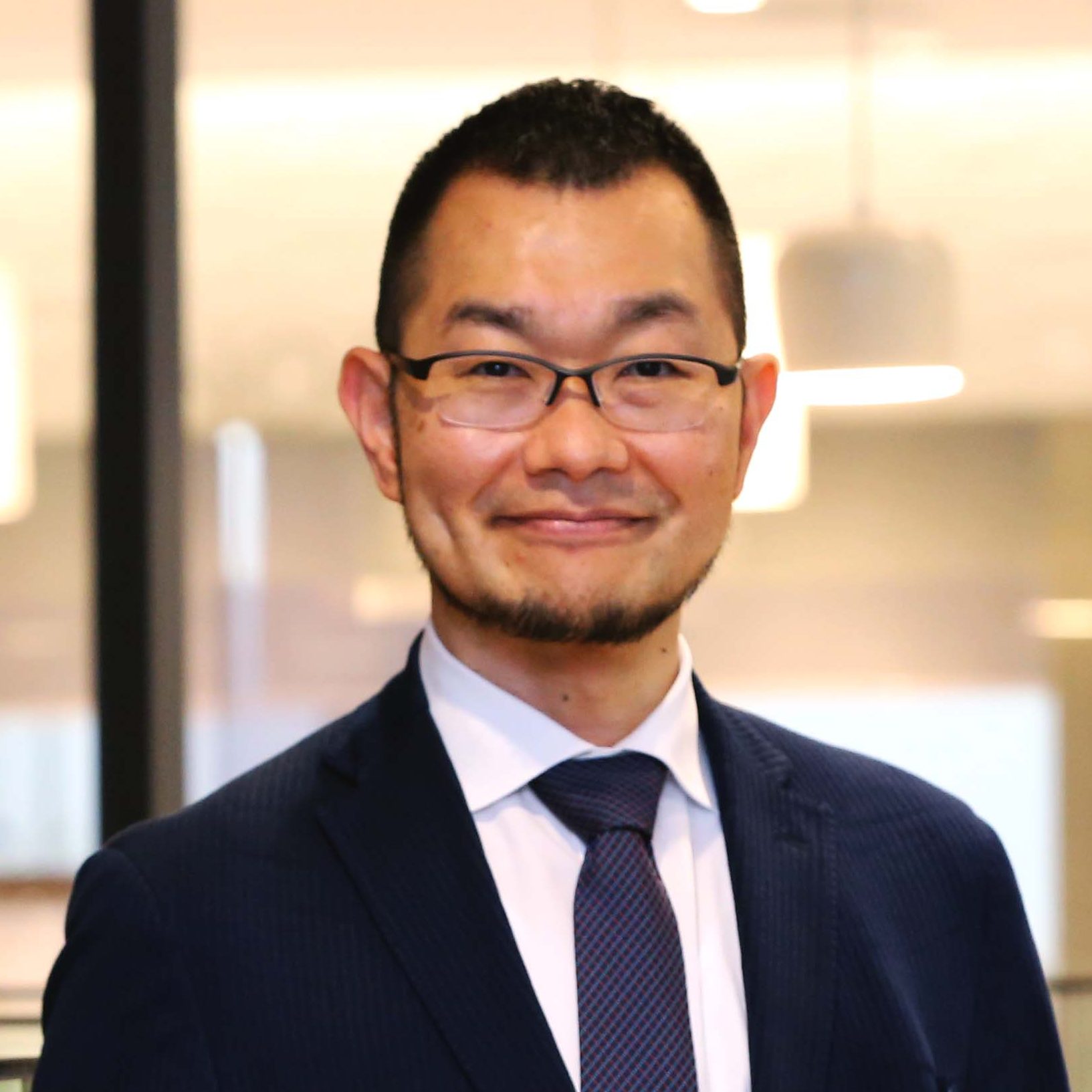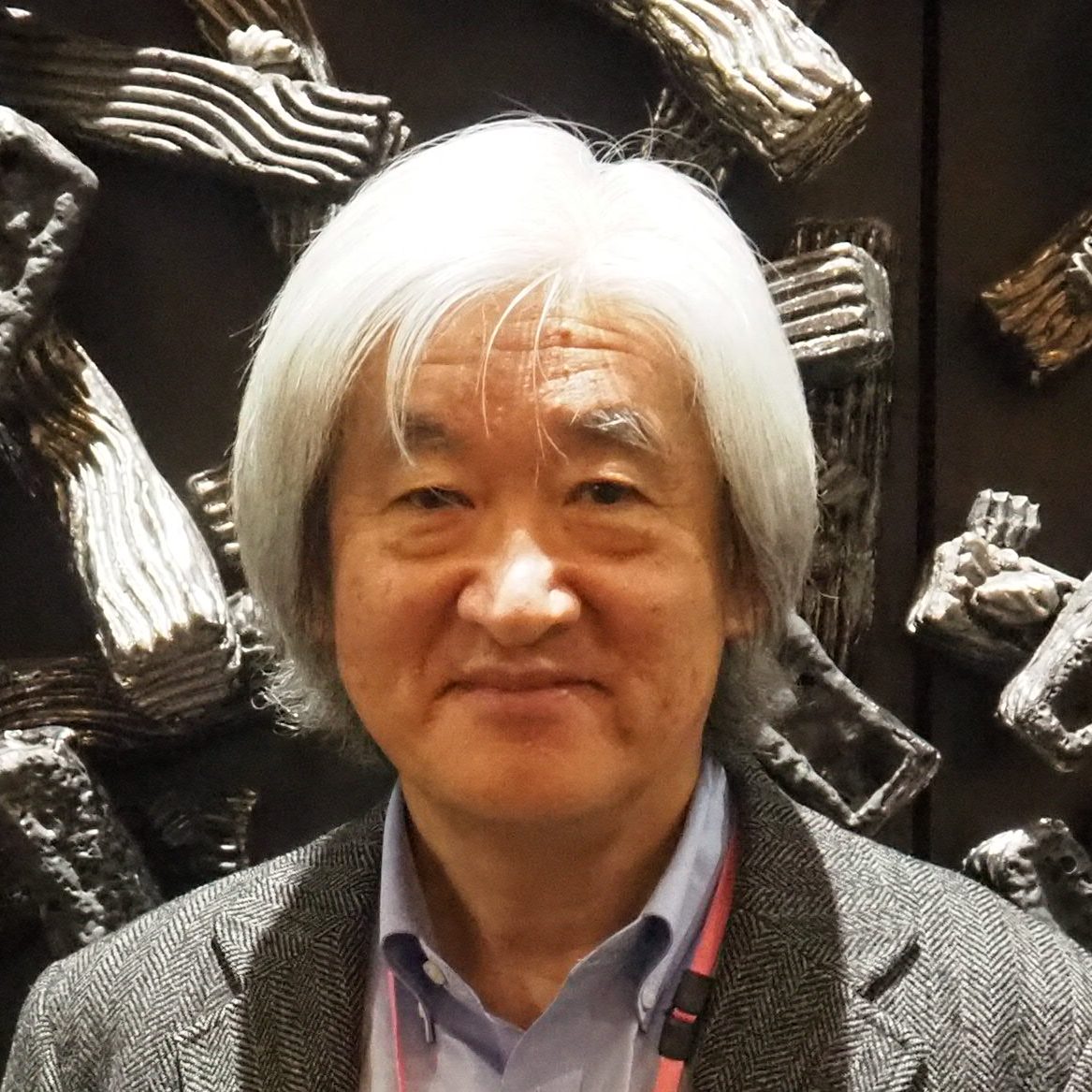01 Research Summary
Sleep is a quite familiar phenomenon. However, underlying mechanisms of sleep is unknown and even simple questions, why we sleep and what sleepiness is, are unanswered. Thus, sleep is one of the greatest mysteries in today’s neuroscience. Our discovery of orexin unlocked the door to the sleep studies, but sleep/wake regulation still remains a challenge for scientists. In order to crack open the black box, Yanagisawa/Funato Lab is engaged in basic research using forward genetic analysis, in vivo calcium imaging, patch-clamp electrophysiology in brain slices with simultaneous multicellular recording and imaging, etc., in addition to drug discovery research targeting the orexin receptor. We have identified three or more causative gene mutations that play important roles in sleep-wake regulation to date, through advances of our forward genetics research. People in our lab are vigorously conducting experiments everyday with the aim of solving the mystery of sleep, and contributing to the reduction of sleep disorders and associated diseases.
| Link |
|---|
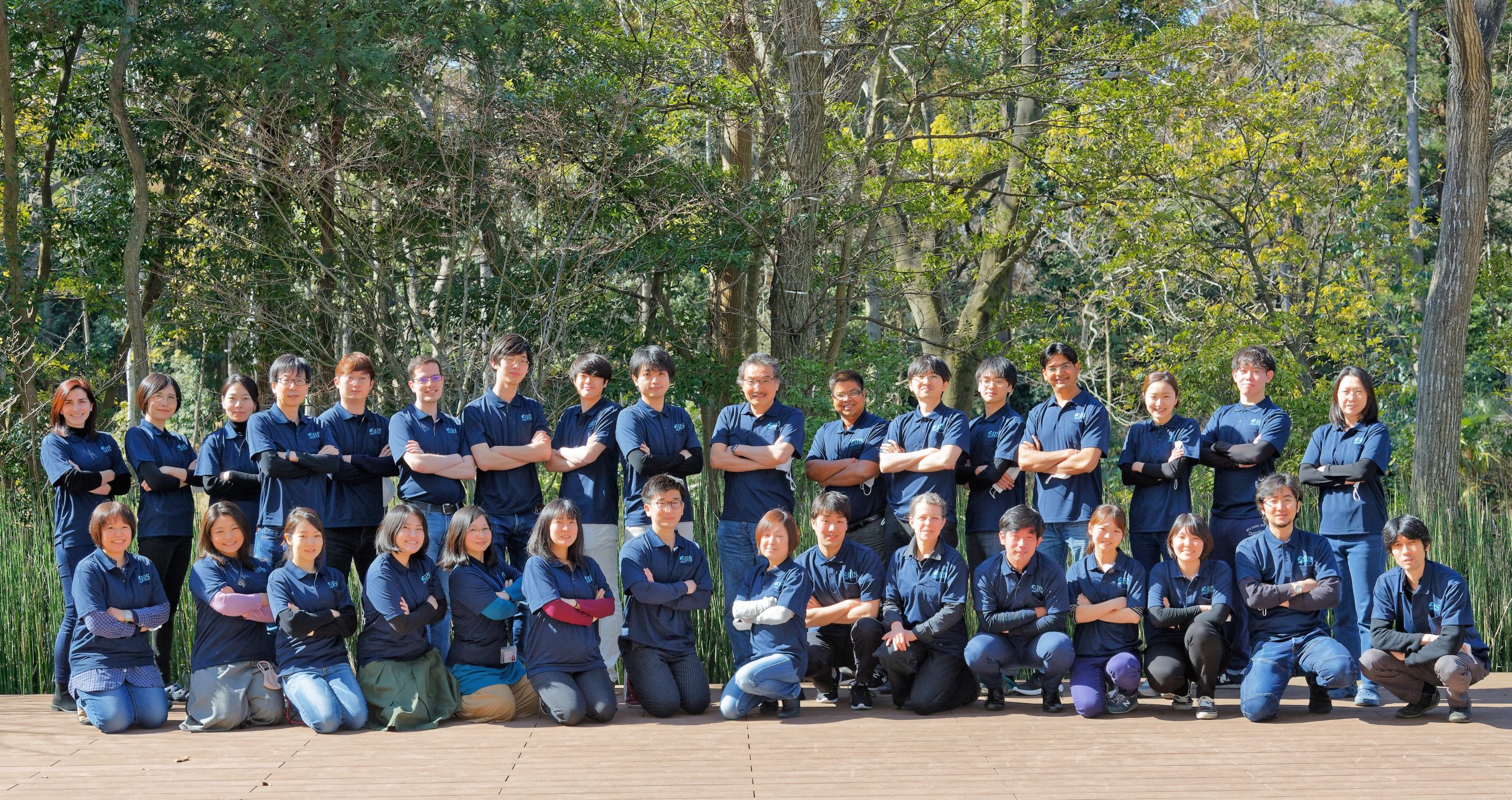
Yanagisawa & Funato Laboratory
02 Major achievements
Kim, S.J., Hotta-Hirashima, N., Asano, F., Kitazono, T., Iwasaki, K., Nakata, S., Komiya, H., Asama, N., Matsuoka, T., Fujiyama T., Ikkyu, A., Kakizaki, M., Kanno, S., Choi, J., Kumar, D., Tsukamoto, T., Mahmoud, A., Mizuno, S., Miyazaki, S., Tsuneoka, Y., Sugiyama, F., Takahashi, S., Hayashi, Y., Muratani, M., Liu, Q., Miyoshi, C., Yanagisawa, M*., Funato, H*. Kinase signalling in excitatory neurons regulates sleep quantity and depth. Nature 612: 512-518, 2022
Zhou, R., Wang, G., Li, Q., Meng, F., Liu, C., Gan, R., Ju, D., Liao, M., Xu, J., Sang, D., Gao, X., Zhou, S., Wu, K., Sun, Q., Guo, Y., Wu, C., Chen, Z., Chen, L., Shi, B., Wang, H., Wang, X., Li, H., Cai, T., Bin, L., Wang, F., Funato, H., Yanagisawa, M ., Zhang, E.E., Liu, Q*. A signaling pathway for transcriptional regulation of sleep amount in mice. Nature 612: 519-527, 2022
Kanako Iwasaki, Tomoyuki Fujiyama, Shinya Nakata, Minjeong Park, Chika Miyoshi, Noriko Hotta-Hirashima, Aya Ikkyu, Miyo Kakizaki, Fumihiro Sugiyama, Seiya Mizuno, Manabe Abe, Kenji Sakimura, Satoru Takahashi, Hiromasa Funato, Masashi Yanagisawa*. Induction of mutant Sik3 Sleepy allele in neurons in late infancy increases sleep need. Journal of Neuroscience, 41, 2733-2746, 2021
Zhiqiang Wang, Jing Ma, Chika Miyoshi, Yuxin Li, Makito Sato, Yukino Ogawa, Tingting Lou, Chengyuan Ma, Xue Gao, Chiyu Lee, Tomoyuki Fujiyama, Xiaojie Yang, Shuang Zhou, Noriko Hotta-Hirashima, Daniela Klewe-Nebenius, Aya Ikkyu, Miyo Kakizaki, Satomi Kanno, Liqin Cao, Satoru Takahashi, Junmin Peng, Yonghao Yu, Hiromasa Funato, Masashi Yanagisawa*, Qinghua Liu*. Quantitative phosphoproteomic analysis of the molecular substrates of sleep need. Nature, 558, 435-439, 2018
Hiromasa Funato*, Chika Miyoshi, Tomoyuki Fujiyama, Takeshi Kanda, Makito Sato, Zhiqiang Wang, Jing Ma, Shin Nakane, Jun Tomita, Aya Ikkyu, Miyo Kakizaki, Noriko Hotta-Hirashima, Satomi Kanno, Haruna Komiya, Fuyuki Asano, Takato Honda, Staci J. Kim, Kanako Harano, Hiroki Muramoto, Toshiya Yonezawa, Seiya Mizuno, Shinichi Miyazaki, Linzi Connor, Vivek Kumar, Ikuo Miura, Tomohiro Suzuki, Atsushi Watanabe, Manabu Abe, Fumihiro Sugiyama, Satoru Takahashi, Kenji Sakimura, Yu Hayashi, Qinghua Liu, Kazuhiko Kume, Shigeharu Wakana, Joseph S Takahashi, Masashi Yanagisawa*. Forward-genetics analysis of sleep in randomly mutagenized mice. Nature, 539, 378-383, 2016
03 Education/Academic background and major awards
Education/Academic background
Awards
| 2003 | Elected Member, National Academy of Sciences |
|---|---|
| 2016 | Medal with Purple Ribbon, Government of Japan |
| 2017 | Erwin Von Bälz Preis, Boehringer Ingelheim |
| 2018 | The Asahi Prize, Asahi Shimbun Foundation |
| 2018 | The Keio Medical Science Prize, Keio University Medical Science Fund |
| 2019 | Takamine Memorial Daiichi Sankyo Prize, Daiichi Sankyo Foundation of Life Science |
| 2019 | Person of Cultural Merit, Government of Japan |
| 2022 | Toshihiko Tokizane Memorial Award, The Japan Neuroscience Society |
| 2023 | Breakthrough Prize in life sciences | 2023 | Clarivate Citation Laureate |
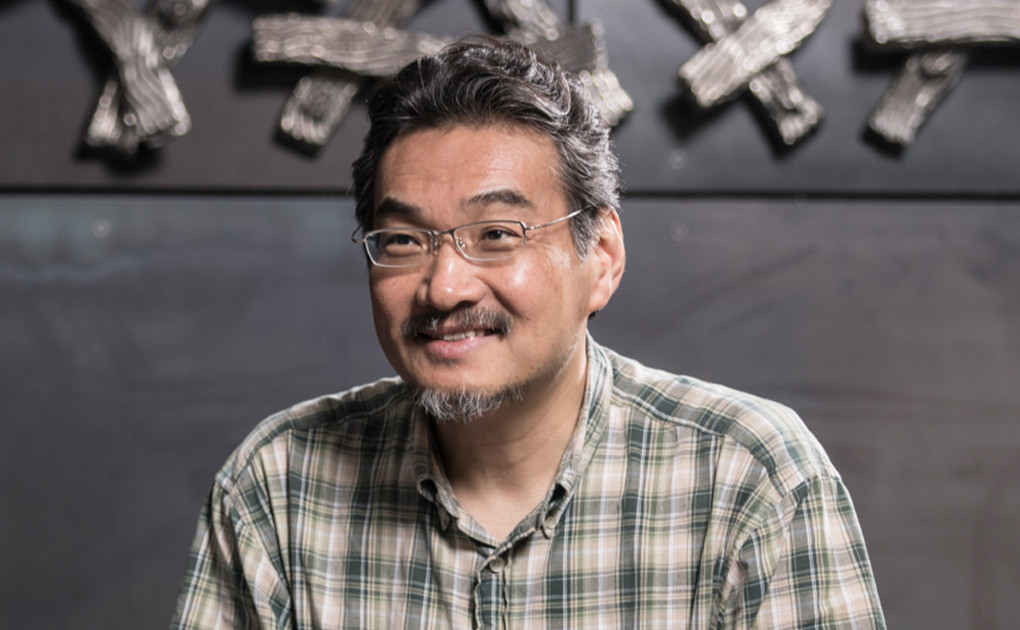
Why did you become a scientist?
I want to cure the patients the day after tomorrow than treat the patients now.
My mother told me that I wanted to be a scientist ever since I was in first grade of elementary school. I was a peculiar child, in the sense that I would visit the nearest creek and observed how the water would swirl and flow down for about an hour. I was curious of my surroundings but, now that I think back on it, I was doing something a little dangerous for my age. Maybe it’s just a proof of how much I love Natural Science. Later, I went to medical school where I made the biggest decision of my life on Graduation day; “I want to cure the patients tomorrow than treat the patients now”. With this in mind, I decided to leave clinical practice to focus on the fundamental research as a researcher.
What are the characteristics of your lab?
To be free.
I believe that scientists should be “independent and free” in their research. This is why I do my best to provide a suitable environment for scientists to pursue the research that they truly are passionate about, not forced on to them. I also try to adopt the ‘Open advocacy policy’ that a lot of professors in the U.S. practice. Basically, anyone is welcome to discuss what one has in mind when the door of my office is open. I also gather students and have a journal club/dinner to discuss original research articles. The topic of discussion in these gatherings really varies from researches, everyday life, and anything else. By providing these type of spaces, I try my best for the students to not only enjoy their work, but for them to be free and independent.
What are you most interested in lately
Listening to classical music, playing the flute.
When I was an elementary schoolboy, I used to play the piano. I never really worked hard on it so I never really improved much. My teacher, however, was fantastic. At the time, she taught me about harmony and the basics in a way even a schoolboy like myself would understand. I found out later that she was the mother of a famous pianist, Akiko Ebi. When I entered Junior High, I met a teacher who was really into classical music, even though he didn’t graduate from music school or could properly play any musical instruments. He brought his own stereo and played classical music, which we listen while following the scores in hand. Unlike other classes, there wasn’t a care about who was good or bad at something but just the process of learning music theoretically. It was so much fun and I love classical music ever since then. I also play the flute.
Core Group
-
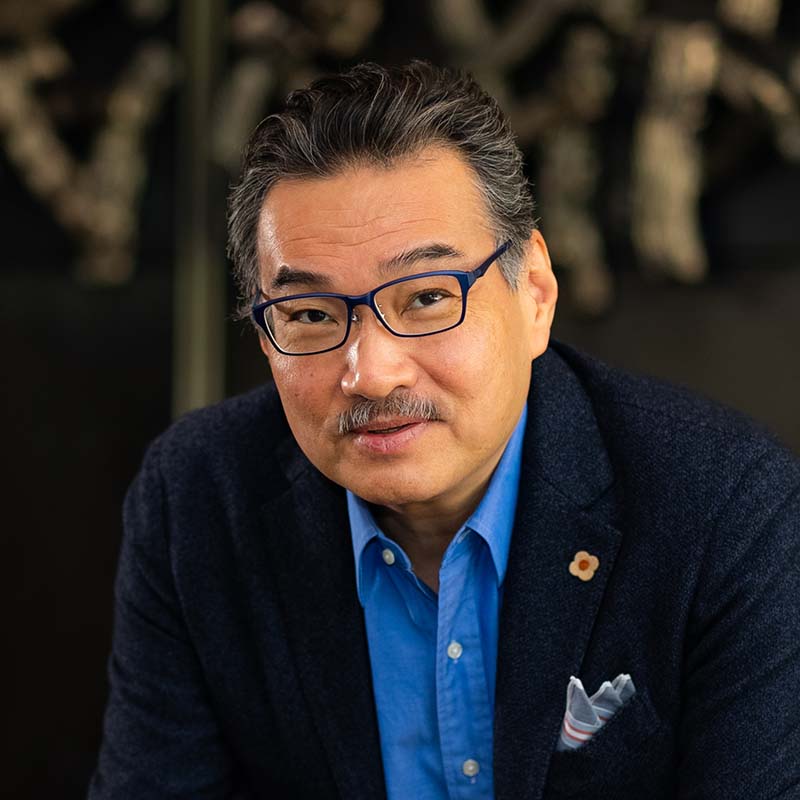
Neuroscience
Masashi Yanagisawa
-
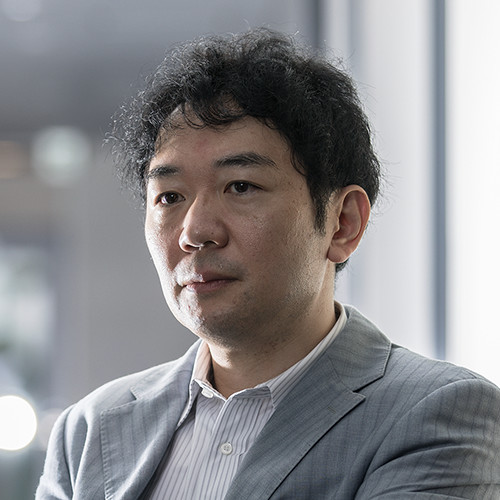
Neuroscience
Takeshi Sakurai
-
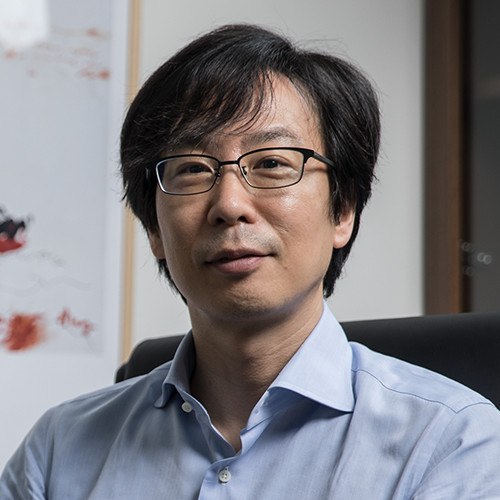
Neuroscience
Hiromasa Funato
-
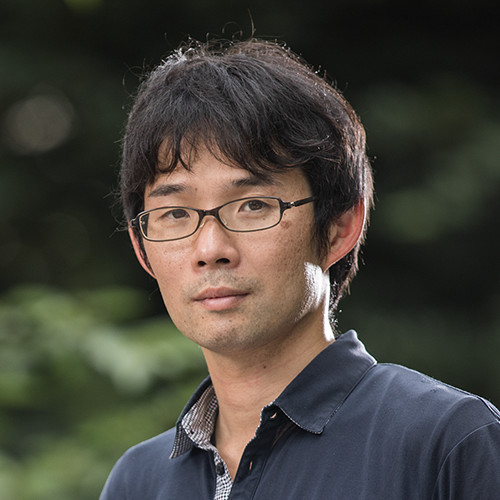
Neuroscience
Yu Hayashi
-
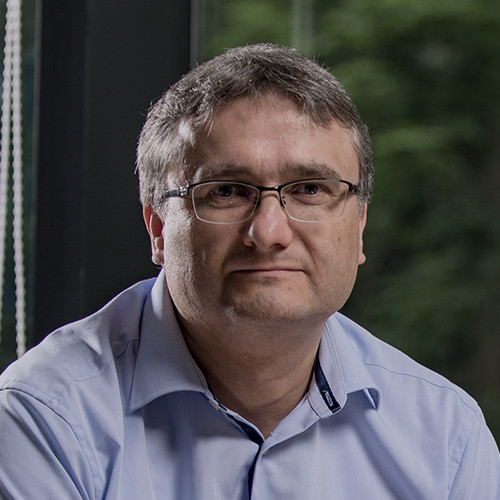
Neuroscience
Michael Lazarus
-
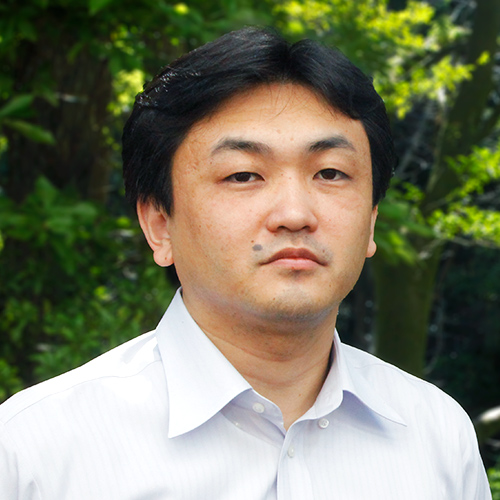
Neuroscience
Yo Oishi
-
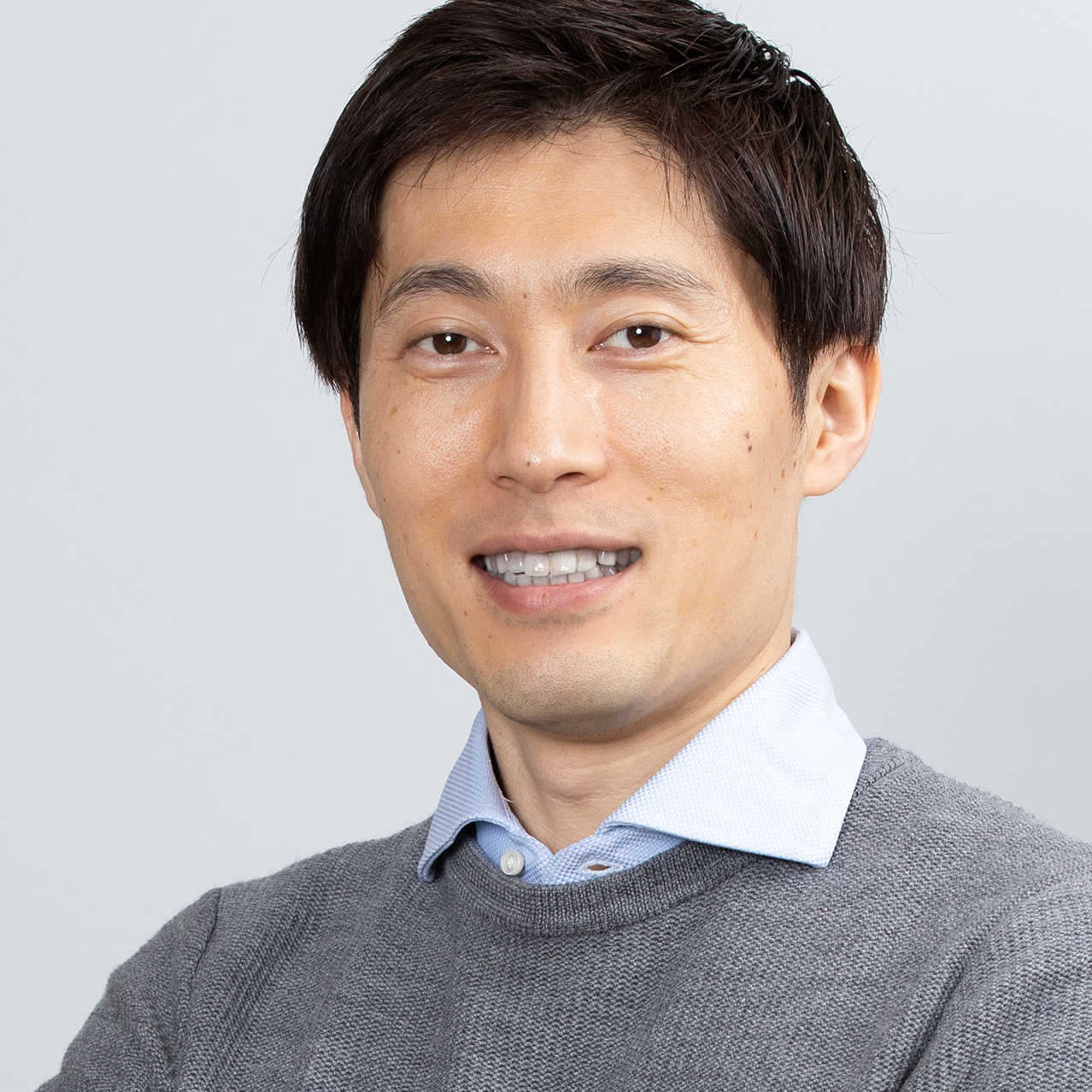
Neuroscience
Masanori Sakaguchi
-
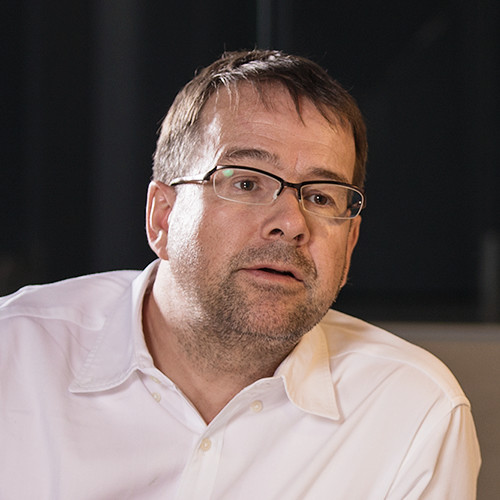
Neuroscience
Kaspar Vogt
-
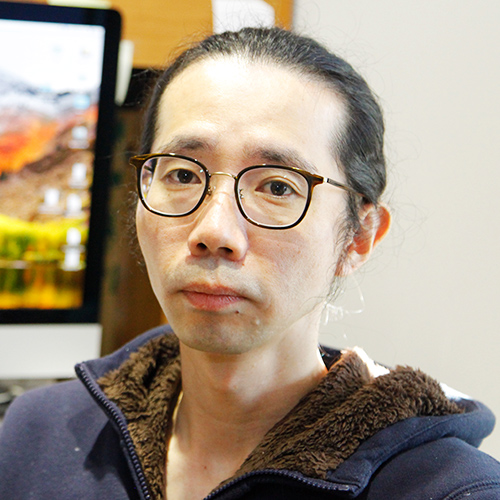
Neuroscience
Katsuyasu Sakurai
-
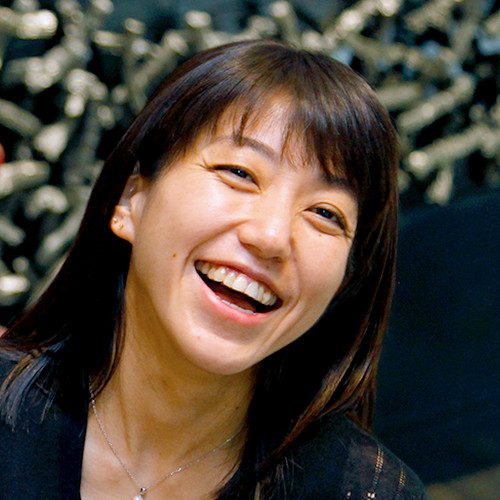
Neuroscience
Sakiko Honjoh
-
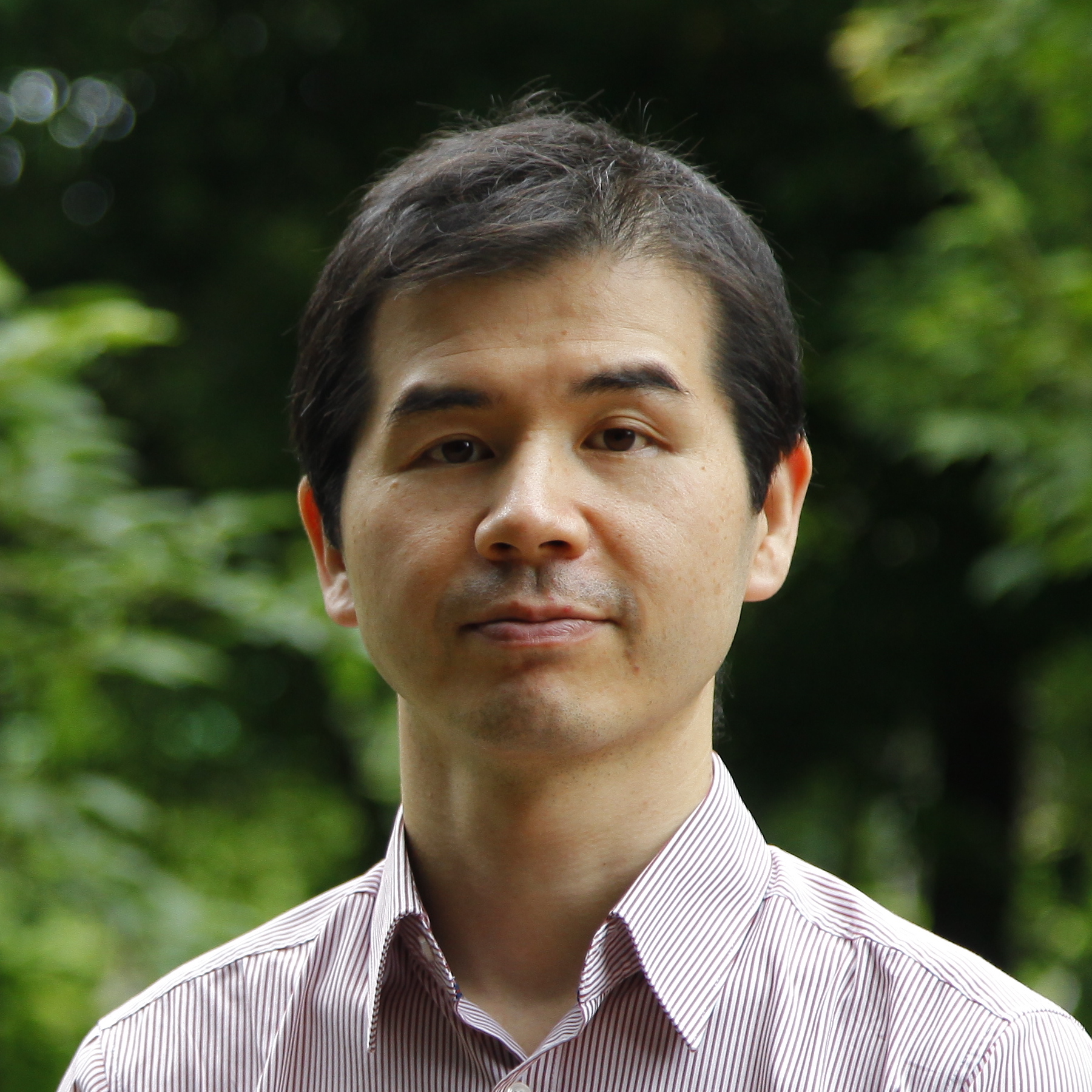
Neuroscience
Hirofumi Toda
-
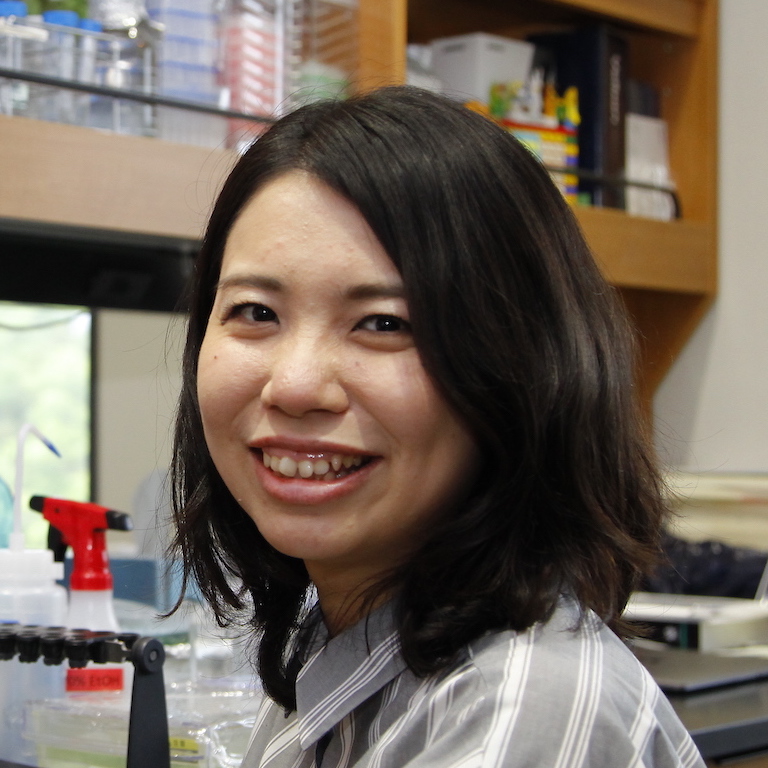
Neuroscience
Arisa Hirano
-
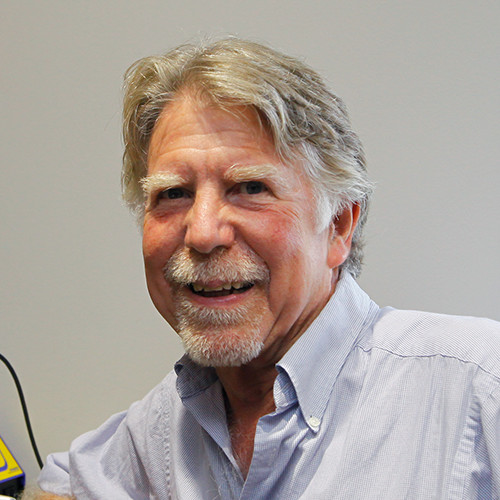
Neuroscience
Robert Greene
-
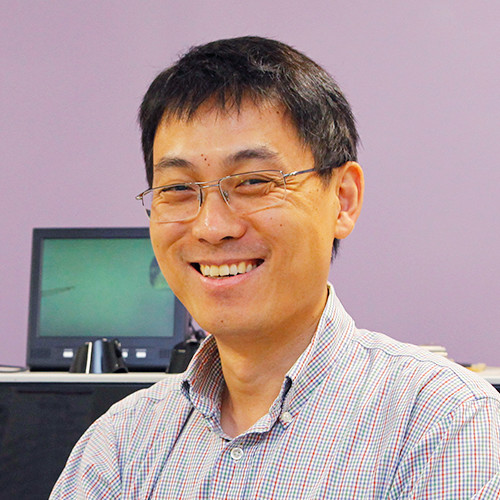
Neuroscience
Qinghua Liu
-
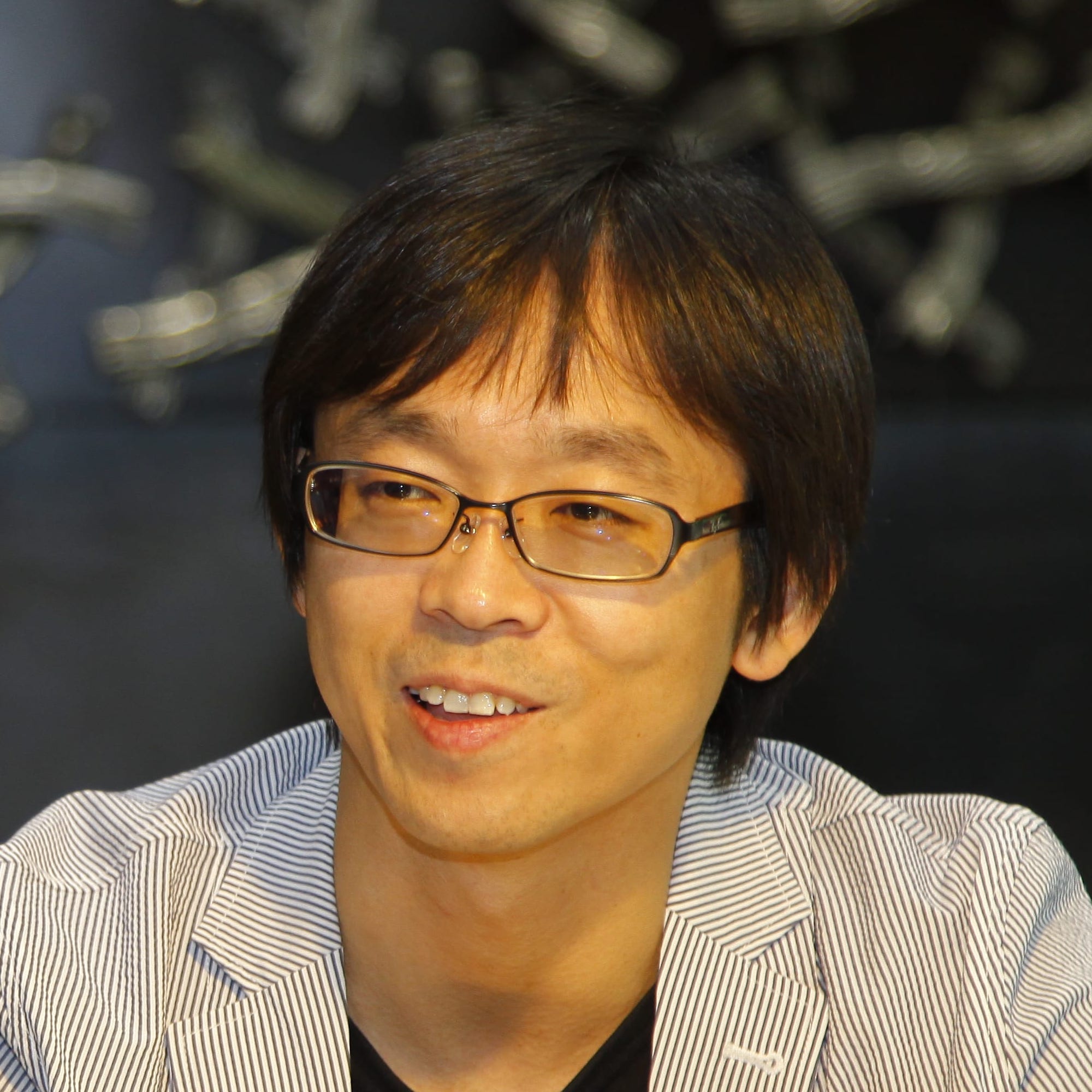
Drug discovery
Noriki Kutsumura
-
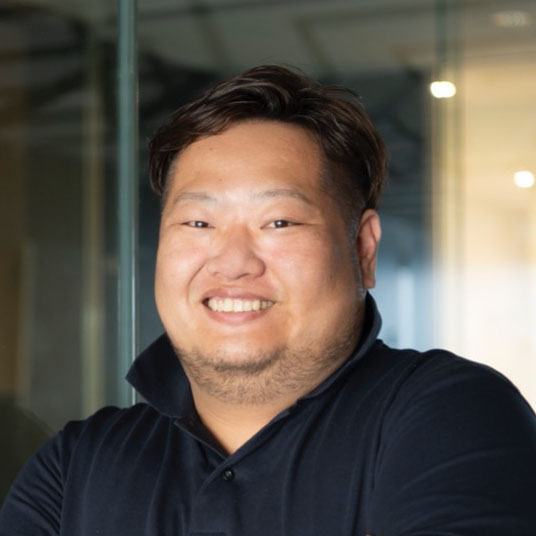
Drug discovery
Tsuyoshi Saitoh
-
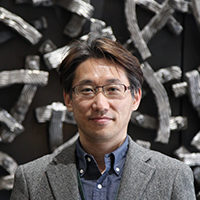
Human sleep
Tomohiro Okura
-
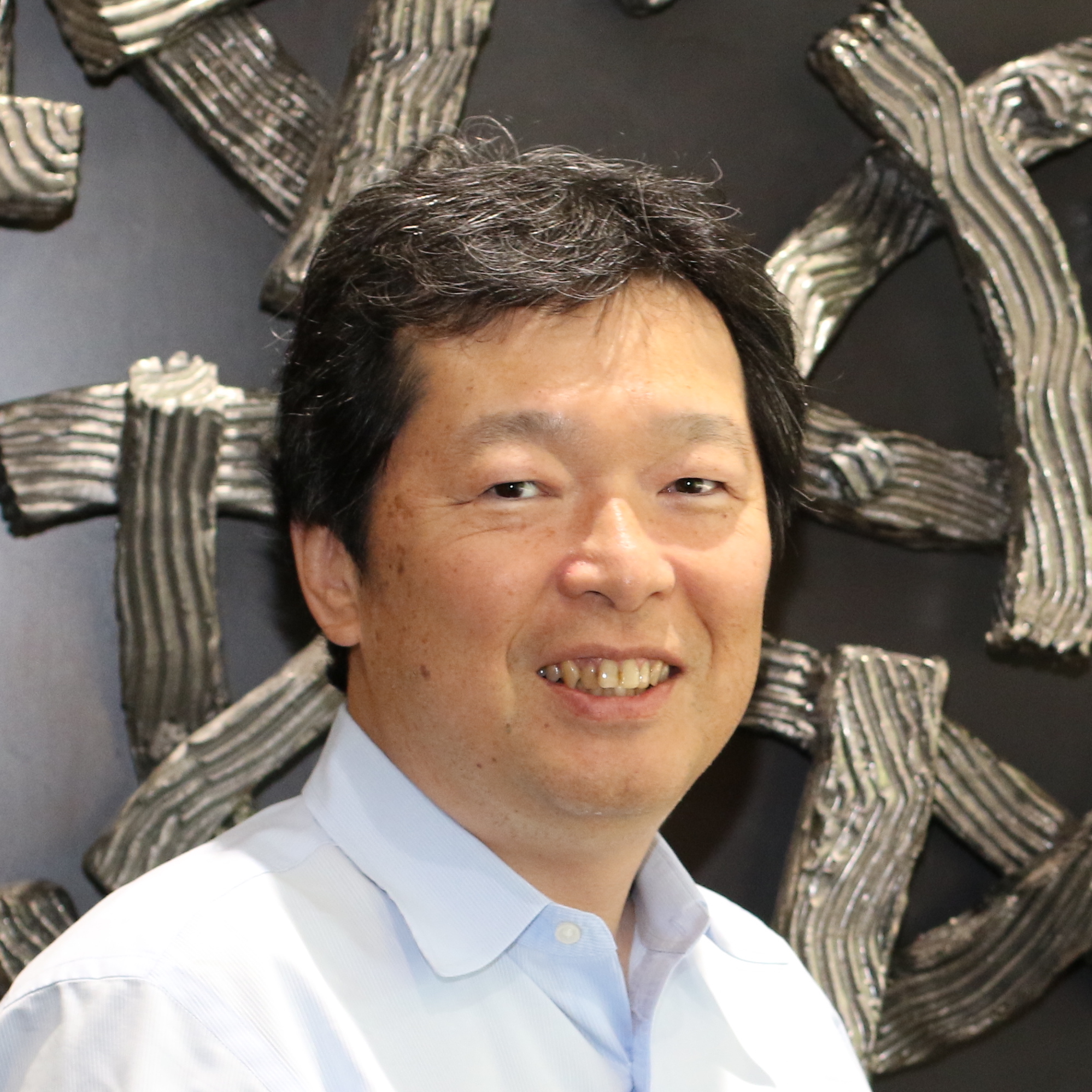
Human sleep
Takashi Kanbayashi
-
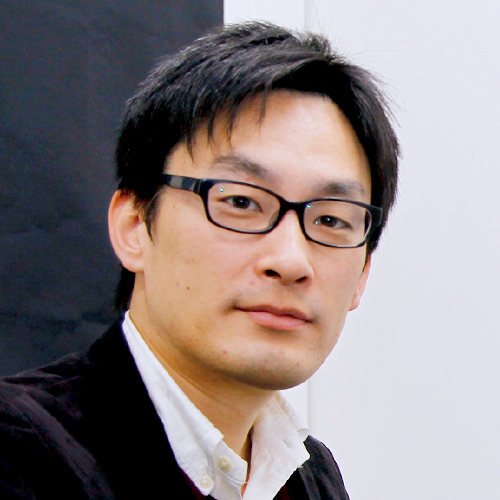
Human sleep
Takashi Abe
-
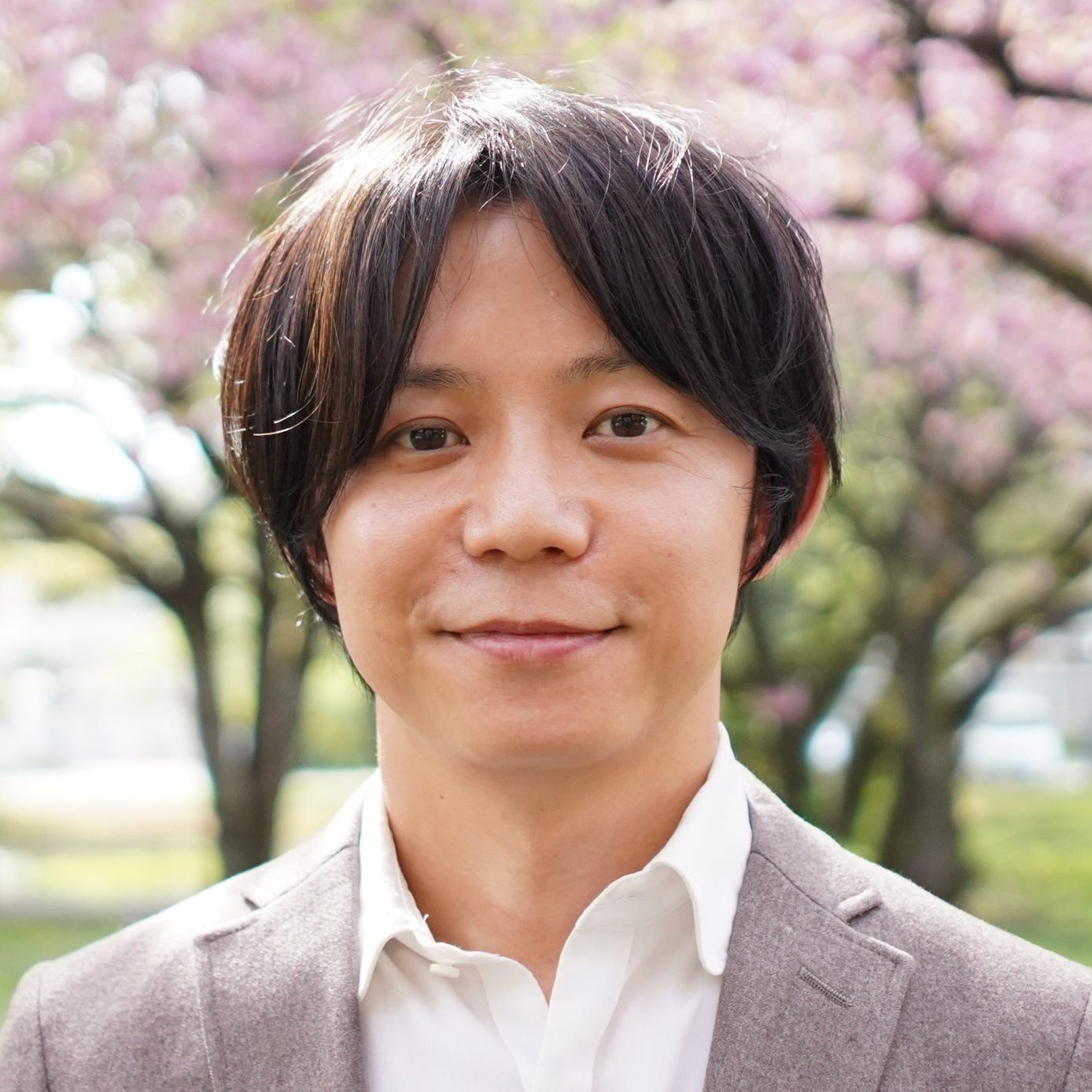
behavioral science
Shun Nakajima
-

Data Science
Hiroyuki Kitagawa
-

Data Science
Shoi Shi
-
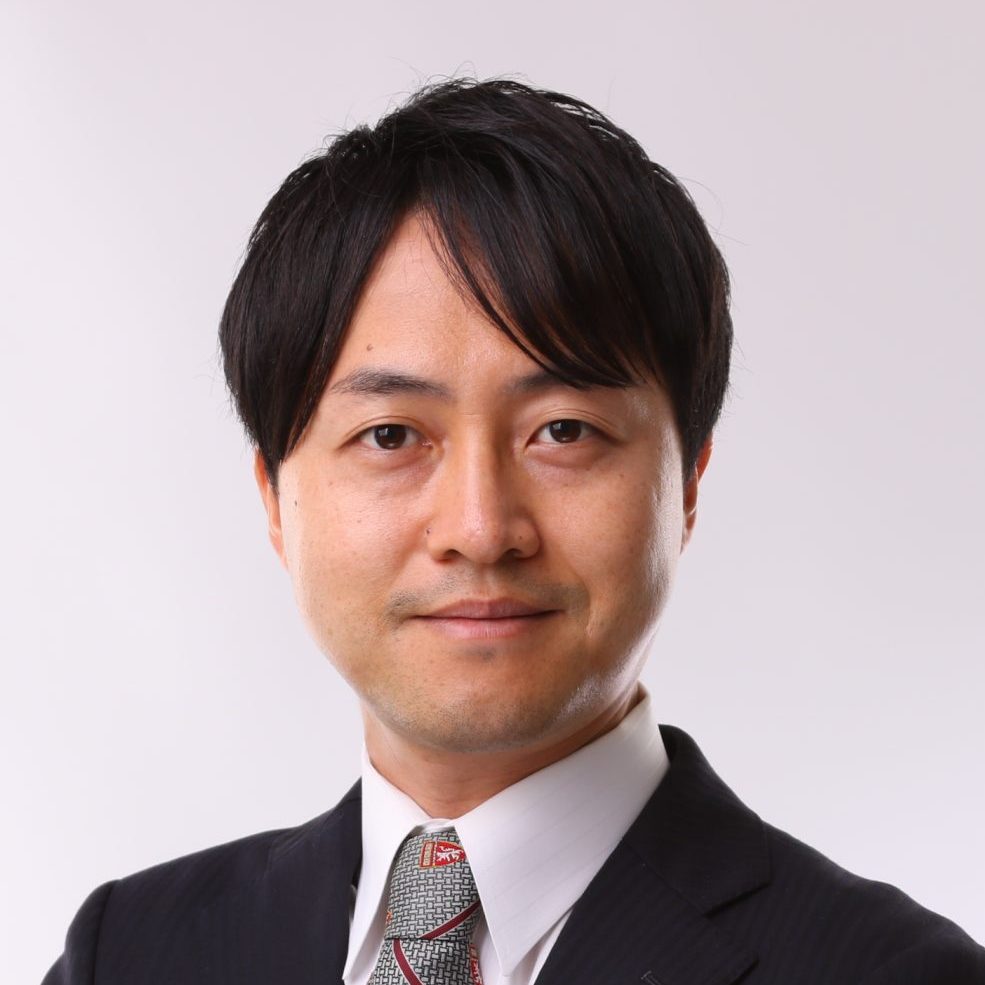
Data Science
Masao Iwagami
